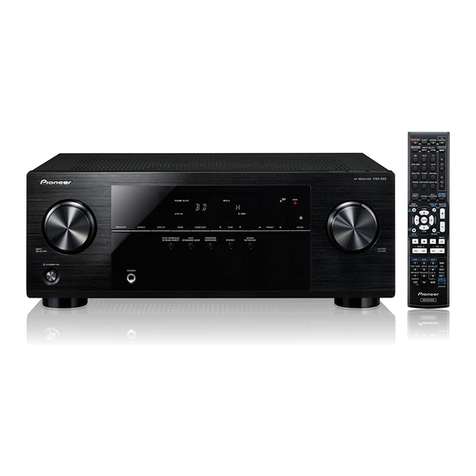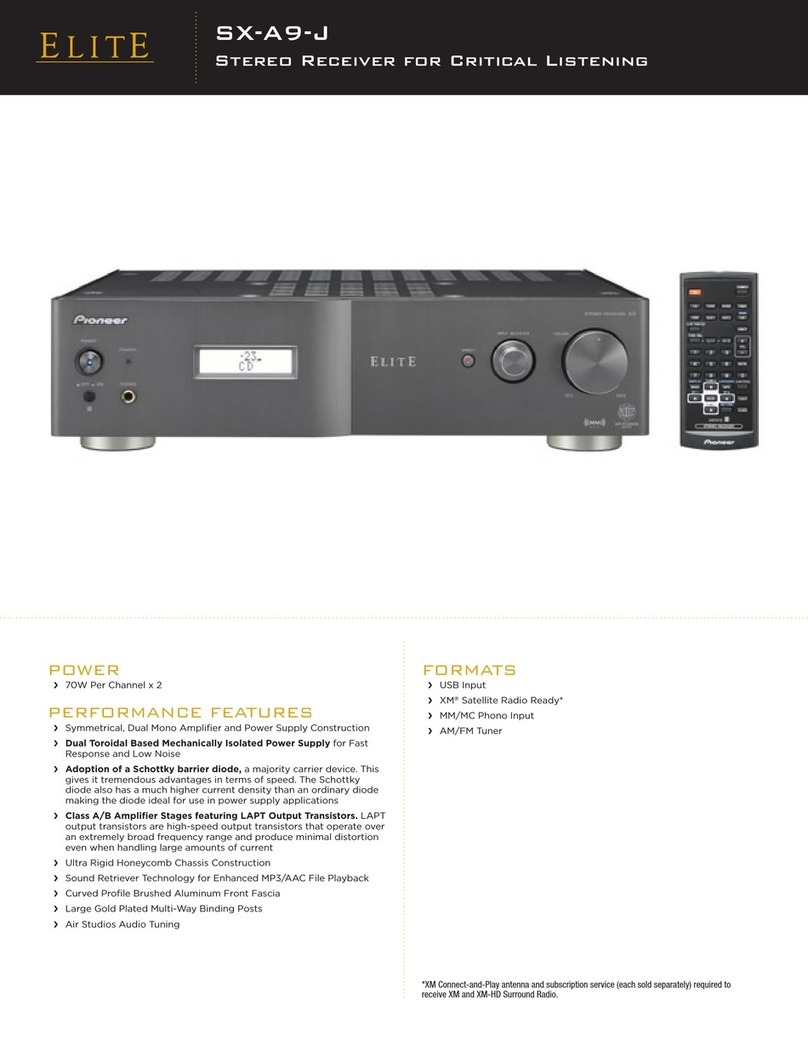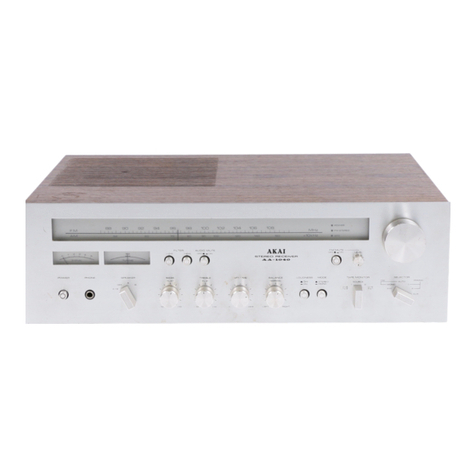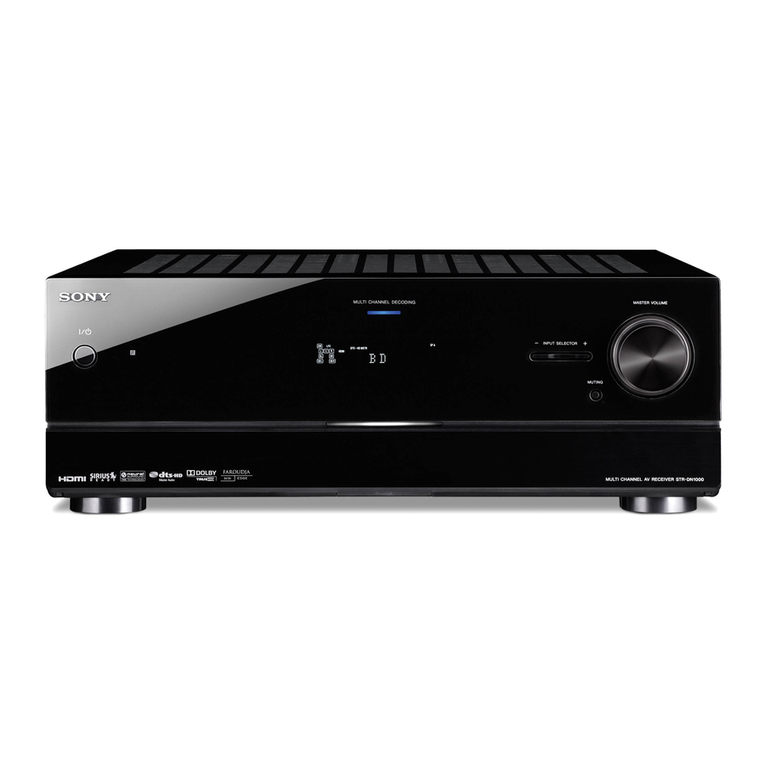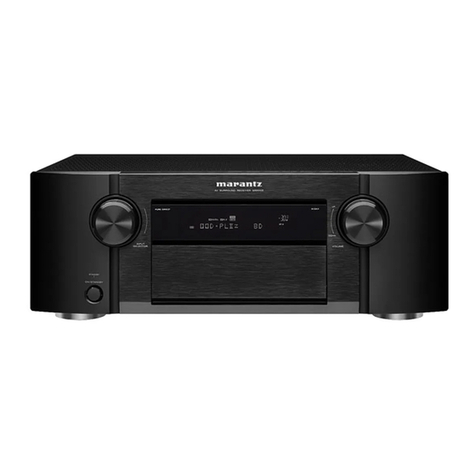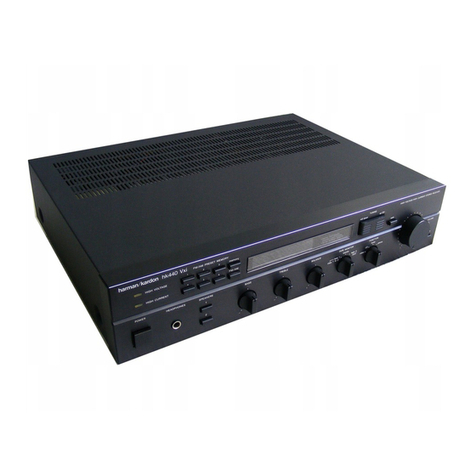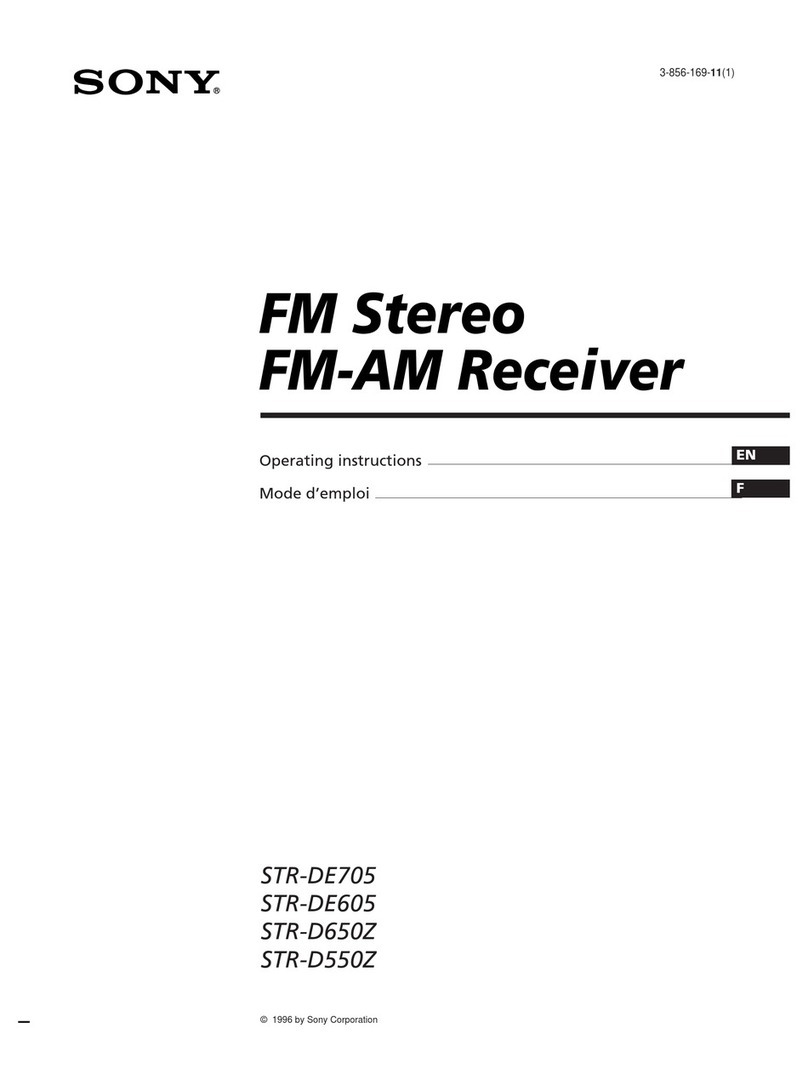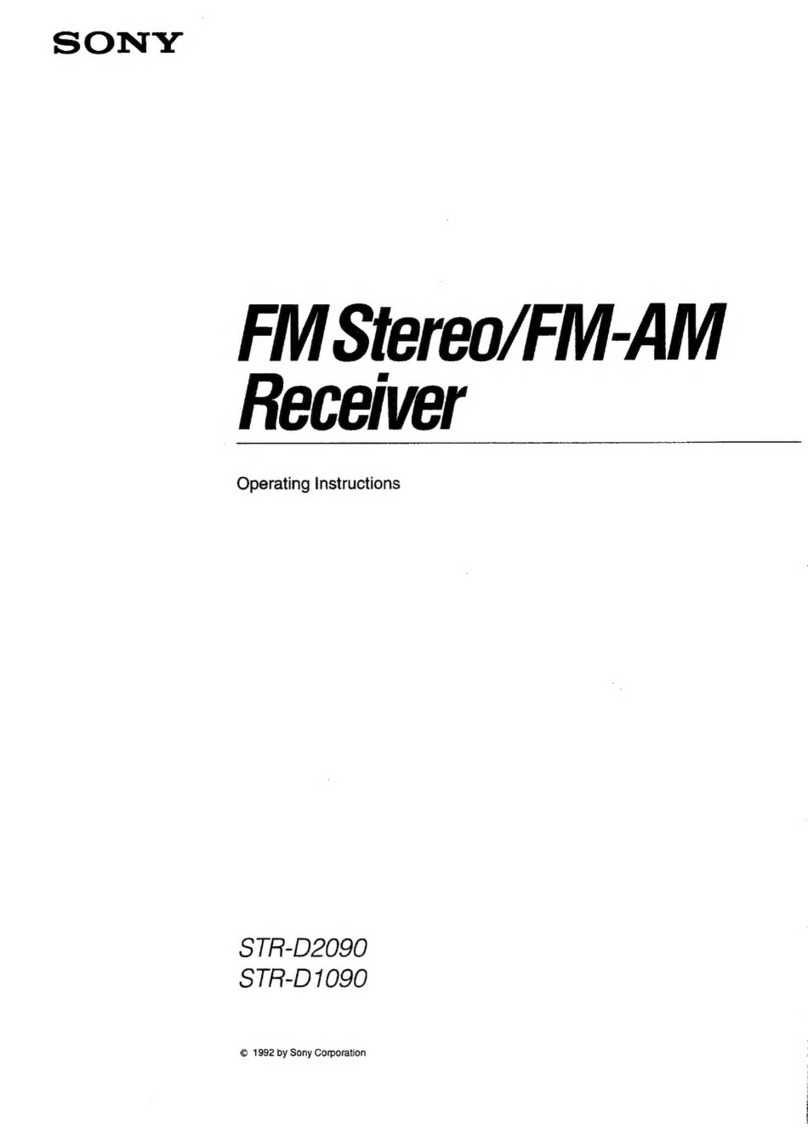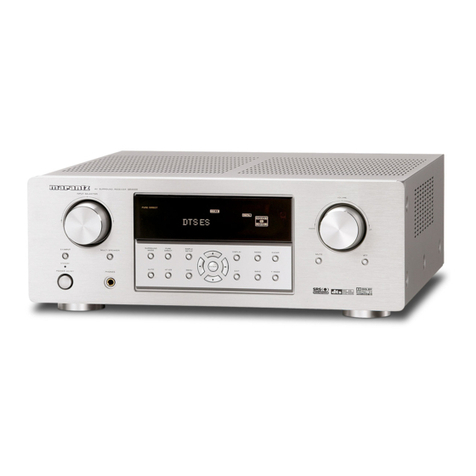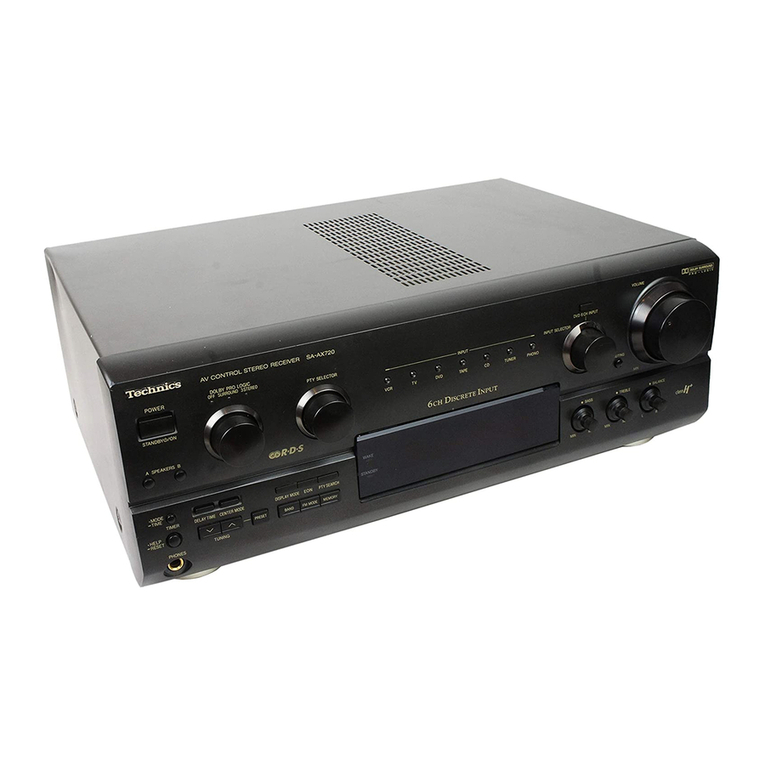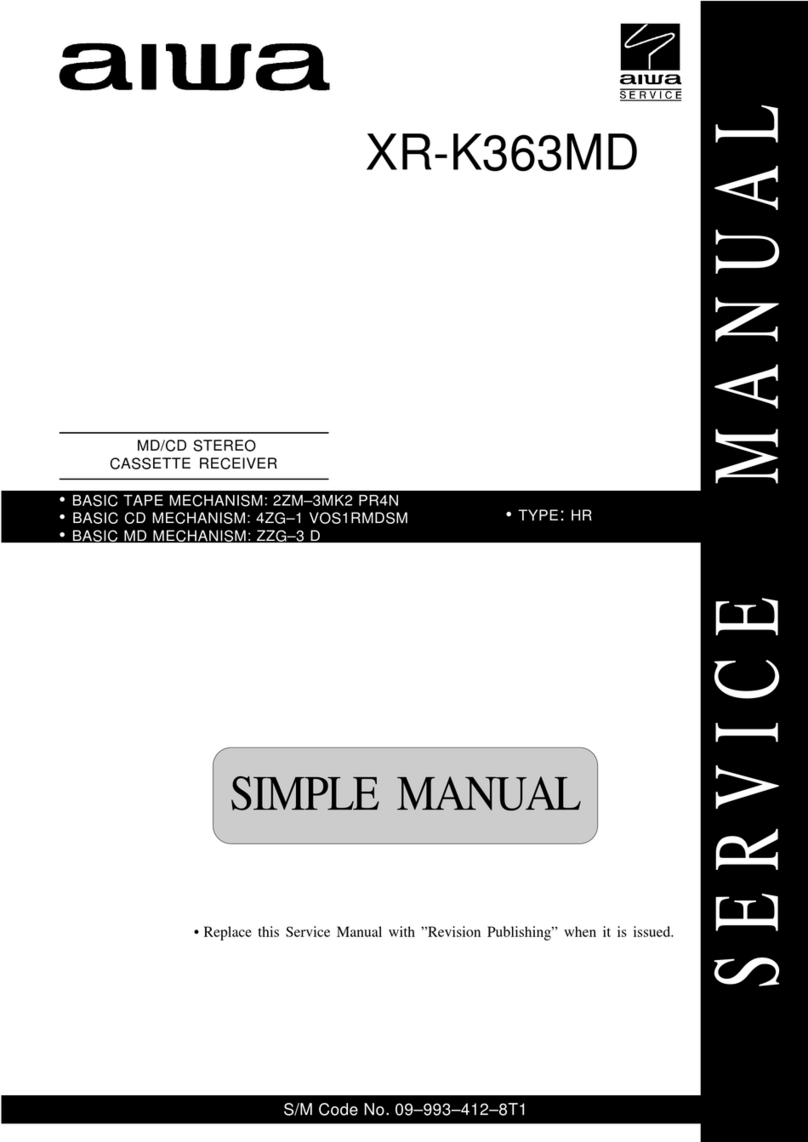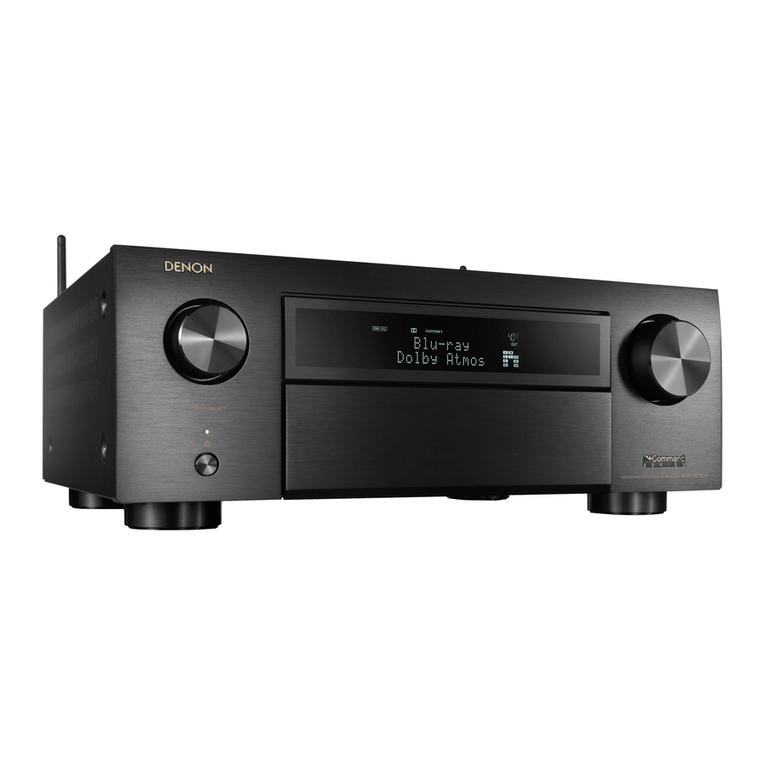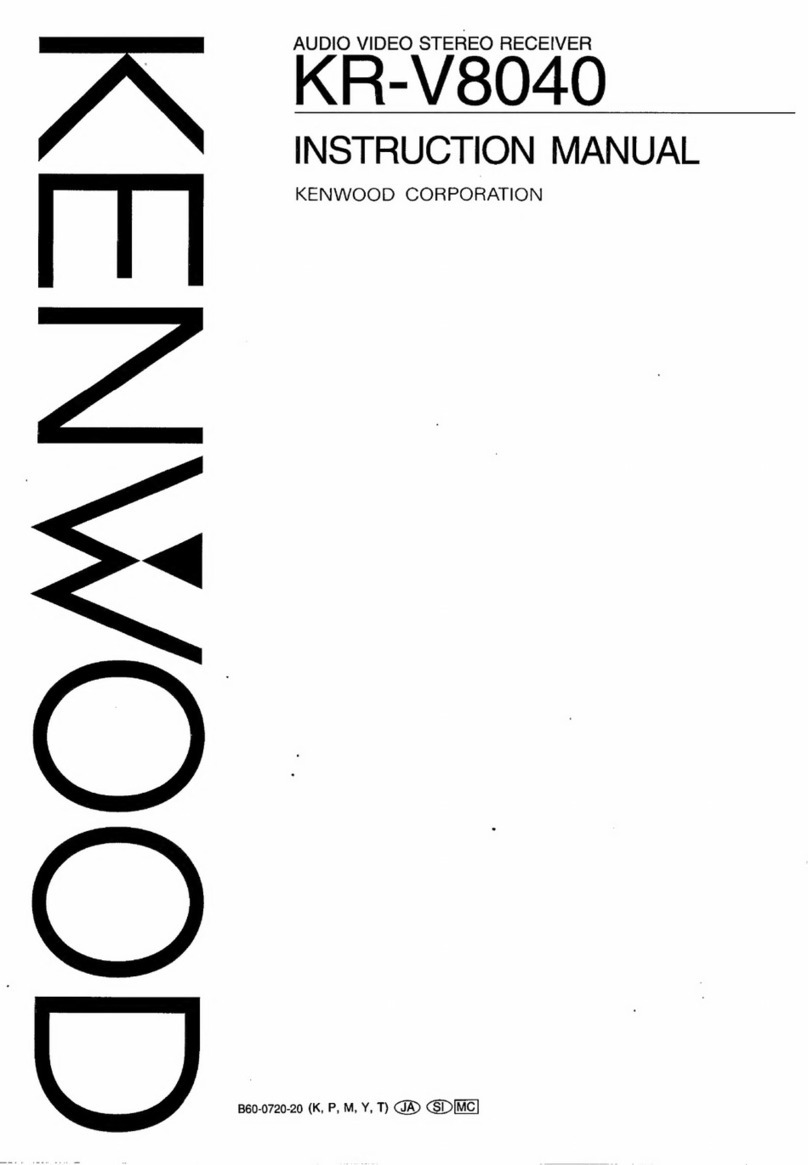oticon Amigo WRP User manual

INSTRUCTIONS FOR USE
AmigoWRP

2
Important notice
Please familiarize yourself with the entire contents of this
booklet before using your Amigo Wireless Receiver Programmer
(WRP). The booklet contains various statements, safety
instructions and important information about the use and
handling of the Amigo WRP.

3
Content
Introduction 5
Typical package contents 6
Overview of the WRP 7
Preparing your Amigo system 8
Inserting the battery 8
Charging the battery 9
Selecting language and country 11
The Amigo receivers 12
Changing the pin orientation 13
Attaching the universal Amigo receivers to a hearing instrument 14
Using Amigo with the Sumo R7 receiver 15
Synchronizing Amigo receivers 16
Accessing the Programming Menus 18
Overview of the menus of the R1/R2 19
Programming Amigo R1/R2 Receivers 20
Using the FM Channel Wizard (T20/21/WRP) 24

4
WRP Special functions 26
LED/Display legend 27
Cleaning the WRP 28
Appendix A: Troubleshooting 29
Appendix B: Manufacturers’ warranty 30

5
Introduction
Congratulations on your decision to take the next step in improving classroom FM.
The Amigo product family is extremely versatile, making life easier for users in school
settings. The Amigo transmitters and receivers can be used with virtually all Behind-
the-Ear hearing instruments, as well as many cochlear implants.

6
Typical package contents
WRP Charger
Monitoring
Earphones
Instructions
for Use
Rechargeable NiMH
AA battery

7
Navigation buttons on the WRP
SYNC acts as the “ENTER” button
“C” acts as the “CLEAR/EXIT” button.
◄acts as the “Save and Exit” button.
LED status indicator
ON/OFF/Mute
2.5 mm microphone jack
High resolution LCD display
Clear entered values (“C”)
Synchronize receiver/enter
3.5 auxiliary audio input jack
“MiniB” USB charge jack
Overview of theWRP

8
Preparing yourAmigo system
Inserting battery
Remove the battery lid on the back of the WRP and insert the rechargeable battery -
remember to position the battery according to the markings (+/ -) on the label.
Then replace the battery lid. The WRP can then be used to charge the battery that came
in the package.
Note: The positive and negative ends of the battery may appear similar, so doublecheck
that the battery is positioned correctly.

9
Charging the battery
To charge the battery, plug in the charger as
shown in the picture.
The Amigo WRP uses one AA rechargeable NiMH
battery, which must be charged for at least 14
hours before being used for the first time.
The WRP offers failsafe charging, which prevents
alkaline batteries being charged accidentally.
Charging Error
Check
Battery!
The display on the WRP
will indicate when the unit is
charging. Also, the LED will
turn on and shine green.
Note: With a typical user pattern it is recommended to replace rechargeable batteries
once every year, because the battery capacity decreases each time it is charged.
Battery charging

10
If you do not have time to charge the battery that came with the WRP, you can replace
the battery with any of the following:
• Special “silver-banded” rechargeable batteries
(Only available through your Hearing Care Professional, these are the only batteries
that can be recharged inside the transmitter.)
• Standard, rechargeable NiMH batteries
These cannot be recharged inside the transmitter, but must be charged in a separate
charger (these batteries and charger are available at electronics stores).
• Standard, non-rechargeable alkaline batteries
Can be used in an emergency, i.e. if you don’t have time to charge your rechargeable
batteries. Alkaline batteries cannot be recharged.
Note: Always dispose of old batteries in approved battery disposal bins.
For more information please consult your Hearing Care Professional.

11
Select language and country (first time only)
Turn the WRP on by pressing and holding the On/Off button for two seconds.
Press ▲or ▼to select language, and confirm by pressing the SYNC button.
To select your country, use the ▲or ▼buttons, and confirm by pressing the SYNC
button.
Select Language
English
Francais
Deutsch
•
•
•
Select Country
United States
Canada
Germany
•
•
•
Note: Selecting a country will also select a predefined channel list, which contains all
of the channels approved for use in that country.
Warning: Only use channels legal in your country.

12
LED status indicator
3-position mode switch
Channel seek/toggle (R2 and R7 only)
Note: Since Amigo receivers draw their power from the hearing instrument battery, they
do not contain a power cell. Never attempt to open the receiver casing.
TheAmigo Receivers
Europin connector
Europin rotation lock

13
Changing the pin orientation
If the pins on the Amigo receiver do not match the holes on the audio shoe, they can be
rotated in steps of 90°.
Simply pull the tab on both sides of the receiver back simultaneously, twist the pins
and push the tab back in.
Amigo receivers can be positioned with the LED facing to the front or the back.
Note: To ensure optimal antenna performance, the Amigo receivers must be positioned
with the LED facing either to the front or to the back.

14
Attaching the universalAmigo
receivers to a hearing instrument
Amigo R1 and R2 receivers are attached to the
hearing instrument via an audio shoe.
First plug the receiver into the audio shoe. Then
attach the audio shoe to the hearing instrument.

15
SUMO DM with the dedicated,
Amigo R7 receiver.
UsingAmigo with Sumo instruments
• Sumo detects the Amigo receiver and disables
the telecoil if the receiver is on
• Set the switch on the R1/R2 receiver to FM+HA.
You then must set the hearing aid switch as noted
here to operate the receiver function. Use the
receiver switch to turn the receiver off.
2/T = FM only
1/MT = FM+Hearing instrument
M = Hearing instrument only
The use of the telecoil with the receiver attached requires that the receiver is set to the
off position.
Note: To obtain information about connecting your Amigo to Cochlear Implants, please
consult your Hearing Care Professional.

16
SynchronizingAmigo receivers
Connect the receiver to a hearing instrument, and turn it on. Check that the receiver
switch is set to the correct mode, i.e. FM only or FM+HA mode.
Off FM-only FM+HA
Within a distance of approximately 10-20 inches, press the SYNC button. The LED
on the transmitter will then blink three times, and the SYNC logo will appear on the
screen.
If the synchronization is successful, the receiver will also blink three times.
Note: The switch on the receivers can be disabled, so use the WRP or the T20/T21 to
check the status of the switch. In its default setting, the receiver switch is enabled.

17
When the receiver’s LED is on, it confirms that:
• The hearing instrument battery is ok
• The receiver is on
• The transmitter and receiver are working together properly
• The child’s receiver is on the right channel

18
Accessing the Programming Menus
• To access the Amigo Fitting Menus, press and hold
both the C (on the keypad) and ON/OFF buttons for 2
seconds.
• In the Menu screen, use the ▲or ▼keypad buttons
to choose View/Program WRP, View/Program
Receiver, or FM Channel Wizard. Within each of
the 2 primary menus, press ◄to return to the Main
Menu screen.
• To exit from the Programming menus, press and hold
both the C (on keypad) and ON/OFF buttons.
ON/OFF
“C”
Amigo WRP
Fitting Menu
View/Program
Receiver
FM Channel
Wizard

Warnings
Amigo parts can be dangerous if swallowed:
• The Amigo system is not a toy and therefore should be kept out of the reach of
children and anyone else who might swallow parts or otherwise cause injury to
themselves. Special attention should be paid to the smaller components in order to
prevent children from swallowing them and choking.
• Never change the battery and never connect the receiver to the hearing instrument in
front of infants, small children or persons with learning difficulties.
If a part is swallowed, see a doctor immediately.

Risk of harm caused by unintentional noise that may
muffle important signals
System dysfunctions:
The Amigo system will cease to function if the batteries have run out. The system may
also produce a high whistling noise (feedback) if the battery is low, or if it is subjected
to loud sound while the microphone is off but the receiver is still on. Users should be
aware that these sounds should not be confused with warning sounds – e.g. car horns in
traffic.
Use in aircrafts:
• Amigo should not be used on aircrafts without the permission of the flight crew.
Interference
Please note that Amigo can cause interference with other medical devices. Such
interference can also be caused by radio signals, power line disturbances, airport
metal detectors, electromagnetic fields from other medical devices and electrostatic
discharges.
Table of contents
Other oticon Stereo Receiver manuals



